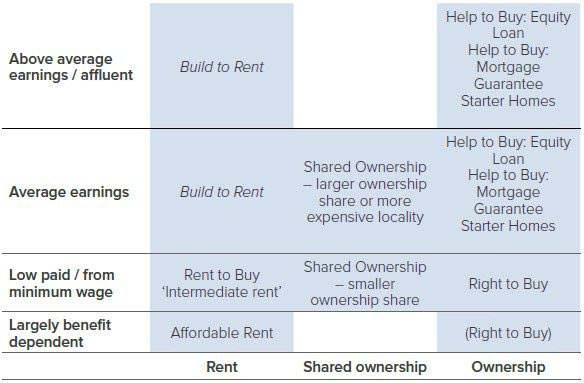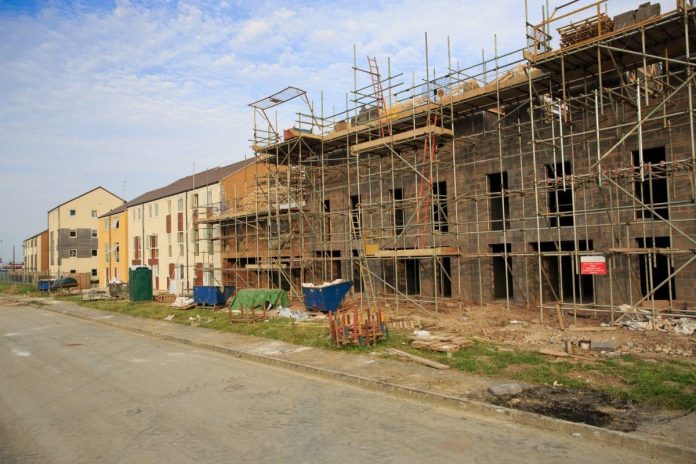Possibly more by accident than design, the current patchwork of eight government home ownership schemes succeeds in reaching a broad variety of would-be home-owning households across the income spectrum, according to new research commissioned by the Council of Mortgage Lenders.
With the expiry of the Help to Buy: Mortgage Guarantee scheme in December, the seven remaining home ownership schemes all also specifically promote and deliver new housing supply, which is clearly helpful in addressing this most pressing structural housing market problem, the report finds.
However, the research report Government Housing Schemes: Accident or Design? – commissioned from Chris Walker, of ChamberlainWalker Economics – clearly identifies the very different levels of “generosity” inherent in the different home ownership schemes, both at the point of access and over time.
The report analyses how each of these home ownership schemes works for different types of households. This analysis provides a valuable framework for policymakers as they develop proposals for the government’s forthcoming housing white paper and contemplate the longer-term perspective that is a central element of today’s Redfern Review on housing.
The CML-commissioned report says that, aside from the Right to Buy, Starter Homes are by far the most generous offering from the financial perspective of the household. Shared ownership (particularly when only a minority share is acquired) is the least generous – although on the flipside, this is the scheme that allows the greatest “stretch” in terms of the value of the property that the household can acquire.
How the housing schemes fit together
The simple matrix below shows which schemes are available for which types of household. It highlights how, in recent years, home ownership schemes aimed at the traditional target groups for housing help have been joined by others designed for higher-income households. These households have also found it increasingly difficult to enter the market without support, due to the widening gulf between house prices and earnings.

The research looks at the different schemes from a variety of angles, perhaps the most interesting of which is from the perspective of the household potentially using the scheme.
It examines the difference in original property value that a household with a deposit of £10,000 and a maximum monthly payment of £1,025 could live in under each scheme. This varies from £160,000, under Help to Buy: Mortgage Guarantee, to £308,000 under a 25% shared ownership scheme.
Taking the same assumptions, the research looks at one scenario in five years’ time for each household, working on the assumption of a 10% rise in house prices. Here, at the two extreme ends of the spectrum, the report finds that a household acquiring a Starter Home would experience an implied £37,500 net financial gain (after housing costs) after five years, whereas a 25% shared owner would experience a £36,300 net financial cost – a significant anomaly.
Overall, the report concludes that: “It is hard to conceive we would have the current array of schemes (particularly the mix of shared ownership and shared equity) if the government was starting from scratch. But they do appear to be coherent and they are at least fulfilling the government’s key strategic objectives.”
CML director general Paul Smee adds:
“We commissioned this research not only to describe the current schemes and how they fit together, to help stakeholders understand them in a holistic way, but also to identify where there might be gaps or anomalies that government might wish to address.
“As we look ahead to the imminent housing white paper, we hope this report makes a useful contribution to the evolving landscape, and helps to focus policy thinking on the best way of allocating resources to achieve the government’s strategic housing objectives as effectively and fairly as possible.”














